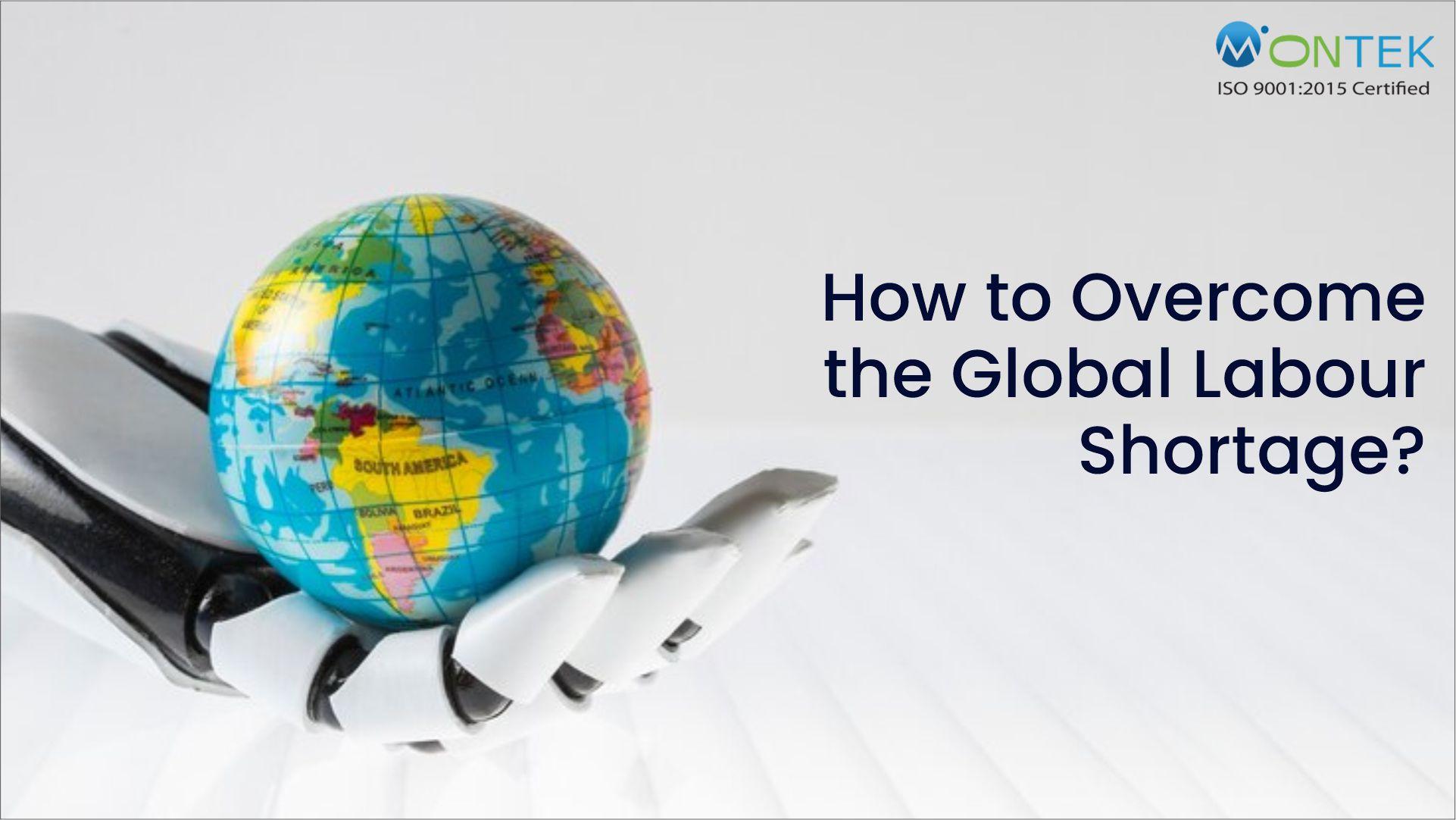
02
MayHow to Overcome the Global Labour Shortage
The global labor shortage is a pressing issue that affects economies worldwide. It's a complex problem with no one-size-fits-all solution, but there are strategies that businesses and governments can implement to mitigate its impact. Here's a comprehensive guide on how to overcome the global labor shortage.
The global labor shortage is a pressing issue that affects economies worldwide. It's a complex problem with no one-size-fits-all solution, but there are strategies that businesses and governments can implement to mitigate its impact. Here's a comprehensive guide on how to overcome the global labor shortage.
Understanding the Labour Shortage
Before tackling the problem, it's essential to understand its roots. The labor shortage can stem from various factors, including demographic changes, such as aging populations in developed countries, and shifts in the economy that creates a mismatch between the skills workers have and the skills employers need.
Strategies for Businesses
1. Invest in Training and DevelopmentBusinesses should invest in training programs to upskill their current workforce, making them more adaptable to changing industry needs. Apprenticeships and continuous learning opportunities can help bridge the skills gap.
2. Embrace Automation and TechnologyAutomation can fill roles that are hard to staff. While it may seem counterintuitive, automation can also create jobs by increasing productivity and opening up new markets.
3. Expand the Talent PoolLook beyond the traditional talent pools by hiring from underrepresented groups, such as older workers, people with disabilities, and veterans. Additionally, consider remote workers to tap into a global workforce.
4. Improve Work ConditionsEnhancing work conditions, offering competitive salaries, and providing a better work-life balance can attract and retain employees.
Governmental Policies
1. Reform Immigration PoliciesGovernments can adjust immigration policies to allow for more skilled workers to fill shortages in critical sectors.
2. Support Education and Training InitiativesPublic funding for education and vocational training can equip the workforce with the necessary skills for modern industries.
3. Promote EntrepreneurshipEncouraging entrepreneurship can create new jobs and industries, contributing to economic growth and employment.
Long-Term Solutions
1. Foster a Culture of Lifelong LearningCultivating a culture that values continuous learning can ensure that the workforce remains adaptable and skilled.
2. Encourage Family-Friendly PoliciesPolicies that support work-life balance, such as parental leave and flexible working hours, can help attract and retain workers.
3. Invest in InfrastructureImproving infrastructure can make it easier for people to get to work and for businesses to operate efficiently, thus creating a more dynamic labor market.
Conclusion
The global labor shortage is a multifaceted challenge that requires a concerted effort from both the private and public sectors. By investing in people, embracing technology, and fostering a supportive environment for workers, we can build a resilient workforce that is prepared for the future. As we navigate this shortage, it's crucial to remain flexible and innovative in our approaches to ensure sustainable economic growth and prosperity. Montek Services creating an impact by an innovative consulting strategy and launching MSuite AI, where companies can fulfill their labor shortage and control them by sitting at any location.
Author -

Director

